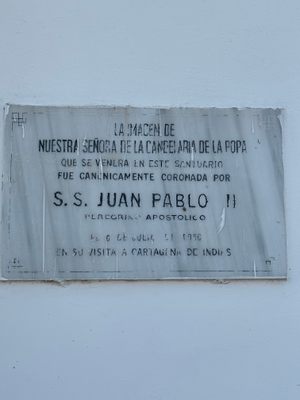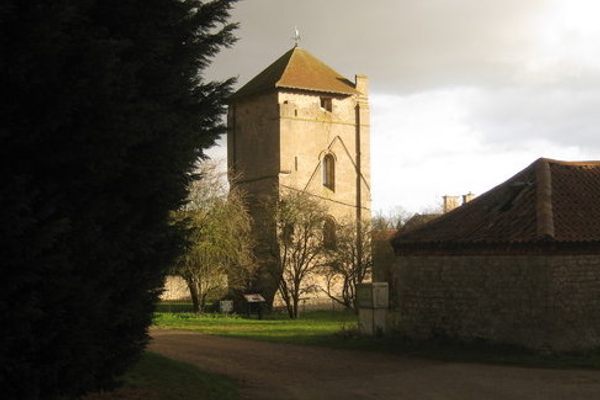About
Explore this convent, and you’ll feel as though you’re on top of the world. Or, at least on top of Cartagena. The white-washed, red-roofed complex crowns the highest hill in the city, offering stunning vistas of the buildings stretching toward the Caribbean Sea.
The convent’s history is as intriguing—and at times troubling—as its views are beautiful. The original structures were built in the early 1600s by Augustinian friars. Supposedly, the Virgin Mary came to Friar Alonso de la Cruz Paredes in a dream and instructed him to build the convent atop the hill looming over Cartagena.
According to legend, some locals had previously worshipped an evil spirit in the shape of a goat that lived atop the hill the abbey would soon dominate. By building the convent, the friar was able to fulfill his mission of bringing Christianity to the land the Spanish had colonized.
From its early days, the convent was plagued with turbulent times. Though its perch high atop the city helped protect it somewhat from pirate attacks and other invasions, the cloister was still damaged a number of times throughout the centuries. A lot of the convent’s historical records were lost during these attacks.
During the early 19th century, the Augustinian friars were forced to abandon the abbey in the years after the Colombian Declaration of Independence. They didn’t regain control of the cloister until 1961.
Now, the convent is open for anyone to explore and houses a small religion museum. Visitors can walk around the complex, find respite in the sunny, plant-filled central square, and drink in the views of Cartagena’s skyline.
Related Tags
Know Before You Go
It's best to take a cab to the convent, as the road leading to the top of the hill is long and steep.
Colombia Discovery: Coffee, Art & Music
Explore Colombia's depth: art, history, culture & transformation.
Book NowPublished
May 14, 2018














































